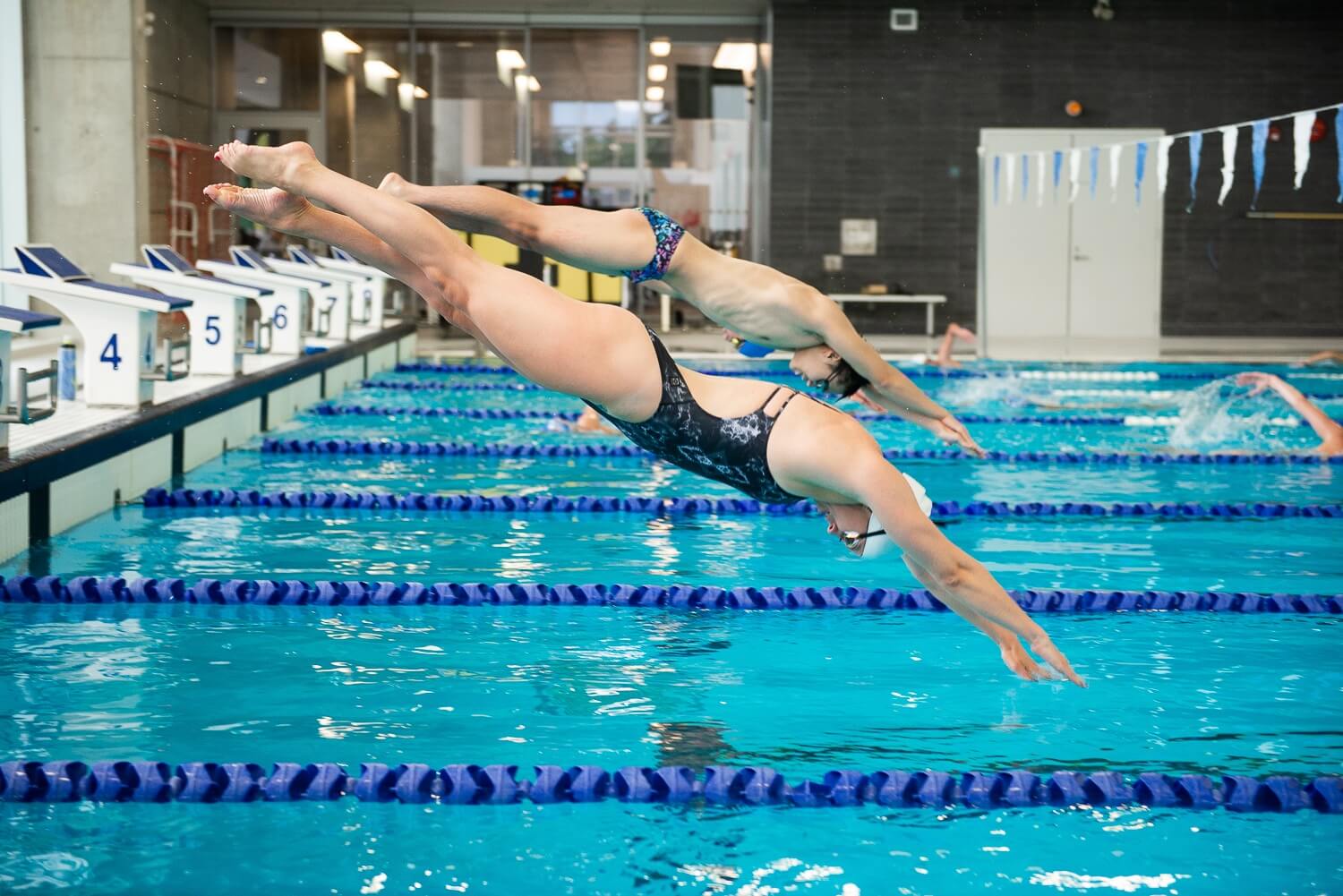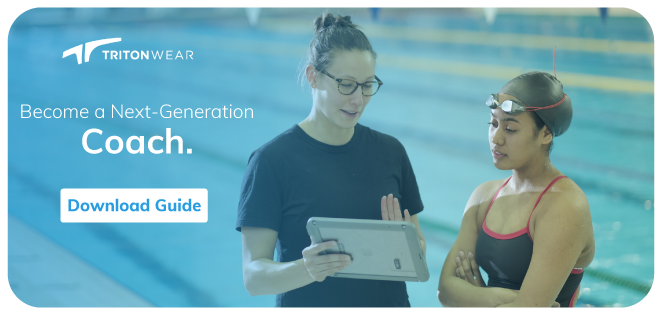Plenty of variables come to play when deciding on a race strategy: stroke, distance, capabilities and swimming style, to name a few. Coaches are undoubtedly passionate about the success of each of their athletes and want to optimize race strategies individually. Unfortunately, this task is challenging, if not impossible, with limited time and resources.
Enter TritonWear. Through data collection, coaches and athletes can review and analyze specific aspects of swim performance after each practice and track metrics over time. This data can be used to determine how each swimmer should swim their races to achieve the most success.
You can also check TritonWear's race analysis to see how the best athletes race and apply their strategies where you see fit. For example, let's look at the analysis of the women's 200 Freestyle in Tokyo 2020.
How do pro swimmers use data to their advantage?
After analyzing the metrics, we found three distinct strategies used in the race by the competitors.
.jpg?width=750&name=chrome-capture%20(76).jpg) *The data shown in the table above are averages.
*The data shown in the table above are averages.
1. Faster Stroke Rate, Higher Stroke Count, Shorter DPS
The first strategy was used by Titmus, Yang, Ledecky and Pellegrini, who executed shorter strokes in faster succession. Their strategy was to swim fast with a higher Stroke Count than everyone else, along with a high Stroke Rate. Their fast stroke turnovers made up for their lower Distance Per Stroke, and average Stroke Index (Stroke Index = Speed x DPS x Cycle Multiplier) compared to other swimmers in their heat. The key to this strategy is having the endurance to sustain the high Stroke Rate throughout the distance.
2. Slower Stroke Rate, Lower Stroke Count, Longer DPS
Penny Oleksiak and Barbora Seemanova used this second strategy and took longer, stronger strokes throughout the race but at a lower rate. With this race plan, they could hold a strong DPS and generate more speed per stroke than the rest of the field. Their high DPS and maintained speed in each lap meant they had the best Stroke Index numbers. A high Stroke Index means they were taking more efficient strokes, ensuring they had sustained energy throughout the race. The key to this strategy is having the strength to increase DPS to generate speed and balance out the longer, slower strokes.
3. Striking A Balance Between Stroke Rate, Stroke Count and DPS
Siobhan Haughey and Madison Wilson used the third and final strategy. Their strategy lay somewhere in between the first two strategies. Their Stroke Rates were higher than Oleksiak and Seemanova but less than Titmus, Ledecky, Yang and Pellegrini. Their DPS and Stroke Index also fell between the other two groups. Siobhan did a fantastic job balancing the tradeoff between DPS and Stroke Rate.
How to use data to bulletproof YOUR strategy?
The brief analysis above shows how the same race can be swum in multiple ways. Through years of training, these top-level swimmers developed racing strategies that suit their unique capabilities. With TritonWear, more than 30 data are accessible to athletes and coaches, making it easier to determine which strategy will work well for individual swimmers for any given event. Coaches and athletes can also see how other swimmers (the same speed, height and gender) swim each phase and use this to guide their own strategy.
With the accessibility of data, you can pursue countless avenues to guide your swimmer's growth in the pool. Optimizing race strategy with data allows you to tweak specific areas that aren't working well and remove any inefficiencies. You can test out different race strategies to find the one that best suits individual athletes. Additionally, you can use data to identify and work on specific variables that need to be improved for the swimmer to execute the strategy come race day.
If you see yourself as a coach with a growth mindset or someone ready to take coaching to the next level, grab this playbook; it's step-by-step guidance to help you integrate data into your training.
Learn more about using data to improve your training and optimize your race strategy in our Resource Library. Or get training tips, strategies, and updates straight to your inbox.





.png)

.png)